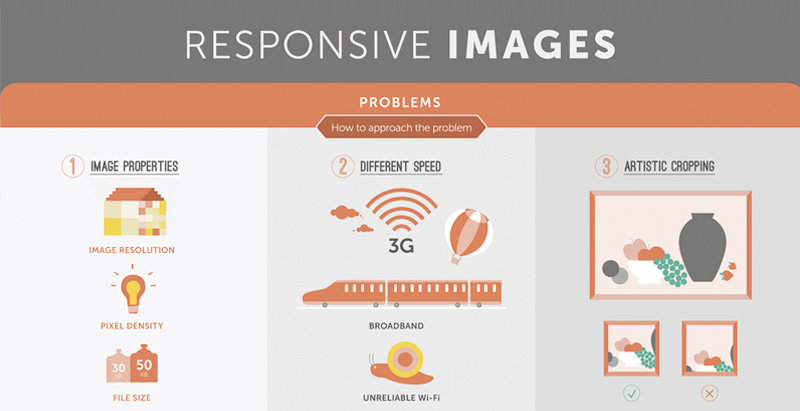Keen To Uncover Exactly How Internet Site Layout Has Transformed Over Time? Study The Development From Simplicity To User-Focused Experiences
Keen To Uncover Exactly How Internet Site Layout Has Transformed Over Time? Study The Development From Simplicity To User-Focused Experiences
Blog Article
Staff Author-Tobiasen Lunde
In the past, sites were straightforward and concentrated on details. Navigating was straight, and design was for desktops. Currently, customer experience is essential. Information guides designs for simple navigating. Responsive layouts match various tools. Today, dark mode minimizes pressure, and minimal food selections boost navigating. Interactive features involve users, and vibrant visuals attract attention. AI assimilation increases engagement. See just how design has actually progressed to boost your on the internet trip.
Very Early Days of Web Design
In the very early days of web design, simpleness reigned supreme. Sites were standard, with restricted shades, font styles, and formats. The focus was on providing details instead of fancy visuals. Customers accessed the web with slow dial-up links, so rate and functionality were key.
Navigation food selections were straightforward, typically situated at the top or side of the page. Websites were developed for home computer, as mobile surfing had not been yet common. Content was king, and designers focused on easy readability over intricate layout elements.
HTML was the key coding language used, and developers had to work within its restraints. Computer animations and interactive features were marginal compared to today's requirements. Websites were static, with little vibrant web content or customized customer experiences.
Increase of User-Focused Layout
With the development of site style, a shift in the direction of user-focused style concepts has ended up being increasingly popular. Today, producing sites that prioritize customer experience is essential for involving visitors and attaining service goals. User-focused layout includes understanding the demands, choices, and habits of your target market to customize the internet site's format, material, and includes appropriately.
Developers now perform complete research, such as customer surveys and functionality screening, to collect insights and feedback directly from customers. This data-driven approach aids in producing intuitive navigation, clear calls-to-action, and aesthetically attractive user interfaces that reverberate with visitors. By positioning the customer at the center of the design procedure, websites can provide a much more customized and pleasurable experience.
Receptive style has actually additionally become a vital aspect of user-focused style, guaranteeing that sites are maximized for different gadgets and display dimensions. This versatility boosts access and functionality, satisfying the diverse methods customers engage with internet sites today. Fundamentally, the increase of user-focused design signifies a change towards creating digital experiences that focus on the requirements and assumptions of completion individual.
Modern Trends in Web Design
Check out the most up to date trends shaping website design today. One prominent pattern is dark mode layout, providing a smooth and modern look while decreasing eye pressure in low-light settings. One more essential trend is minimalist navigation, streamlining menus and boosting user experience by focusing on essential elements. Including micro-interactions, such as animated buttons or scrolling effects, can create a more engaging and interactive website. Receptive design continues to be crucial, ensuring smooth customer experiences across numerous tools. Furthermore, utilizing click this link here now and unbalanced formats can add aesthetic passion and accentuate details material.
Integrating AI modern technology, like chatbots for customer assistance or customized suggestions, boosts individual interaction and improves procedures. Access has additionally become a considerable trend, with developers focusing on inclusive layout practices to cater to varied user requirements. Welcoming sustainability by optimizing site efficiency for rate and efficiency is an additional emerging trend in web design. Collaborating with customer feedback and data analytics to iterate and boost layout continuously is necessary for staying appropriate in the ever-evolving digital landscape. By accepting these modern patterns, you can develop an aesthetically enticing, user-friendly website that resonates with your target market.
Final thought
As you assess the development of web site layout from the very early days to currently, you can see exactly how user-focused style has actually become the driving force behind modern patterns.
Embrace the trip of adjustment and adaptation in website design, constantly maintaining the customer experience at the leading edge.
Tippingpointdigital
Keep present with the current patterns and innovations, and never ever quit progressing your strategy to develop visually spectacular and user-friendly web sites.
Progress, adapt, and develop - the future of website design remains in your hands.
